You are here
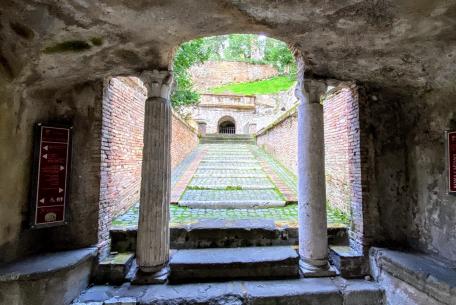
The archaeological area of the Tomb of the Scipios is located along the urban stretch of the ancient Vi
[...]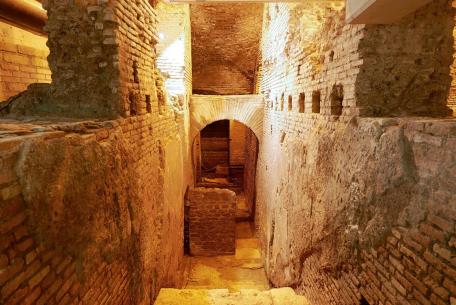
A few steps from the Trevi Fountain, over nine meters below today’s street level, the archaeologica
[...]
Hidden about 4.50 meters from the street level, below the lively and elegant Piazza Navona, is one of the most
[...]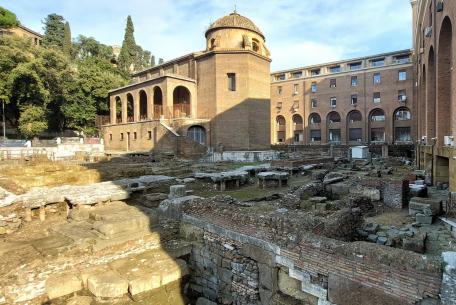
Visible even from the street, the archaeological area between the Capitoline Hill and
[...]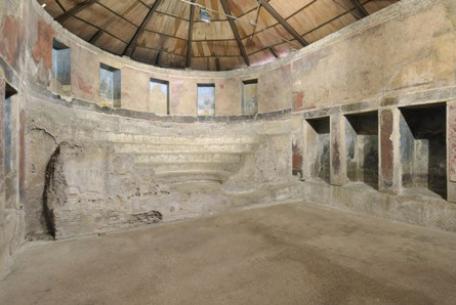
Walking along via Merulana, about halfway between the Basilica of Santa Maria Maggiore and
[...]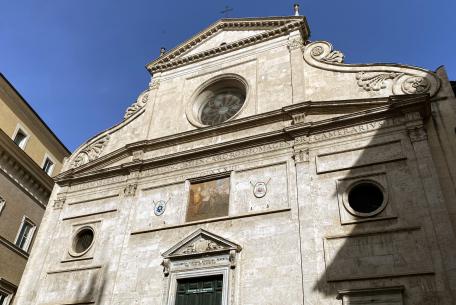
Located in the square of the same name, the Basilica of Sant'Agostino was one of the first Roman churches of the Renaissance, and its origins date back to the 14th century when the
[...]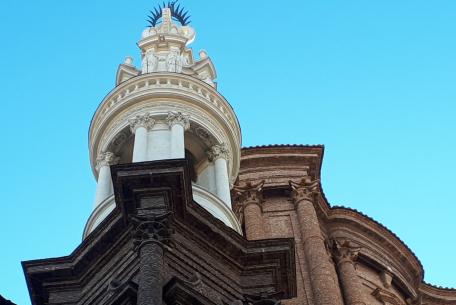
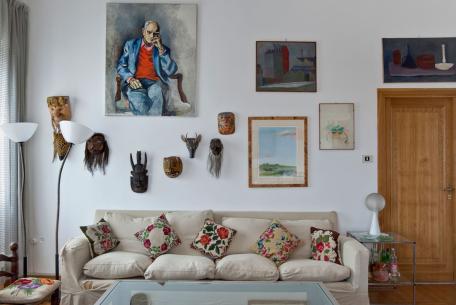
Alberto Moravia, writer, traveller, intellectual, lived through the Twentieth century and gave his distinctive voice to European culture.
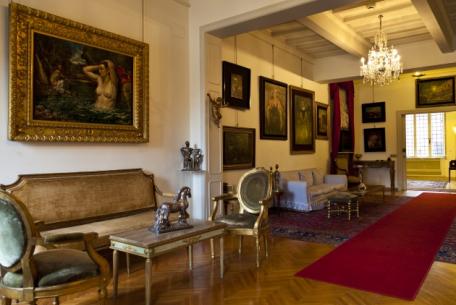
Giorgio de Chirico House Museum has been opened to the public in 1998, after a careful restoration, on the occasion of the 20th anniversary of the artist’s passing.
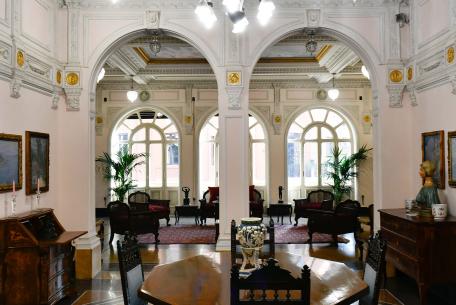
Hendrik Christian Andersen Museum was built between 1922 and 1925 on the basis of Andersen’s design and it was planned as a building with annexed carving Studio ne
[...]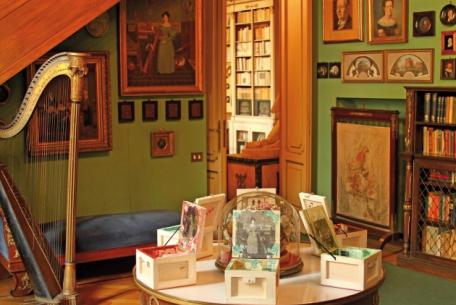
The House Museum Mario Praz (1896-1982) located in Rome, at Palazzo Primoli, was inaugurated in June 1995. He was a famous anglicist, essayist and scholar.
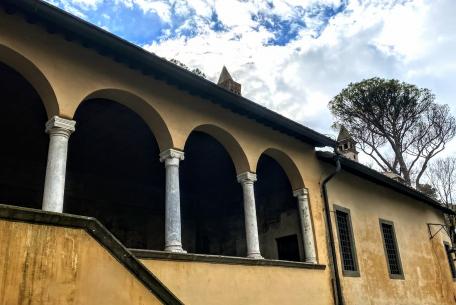
This unusual example of an extra-urban Renaissance villa is located along via di Porta Sa
[...]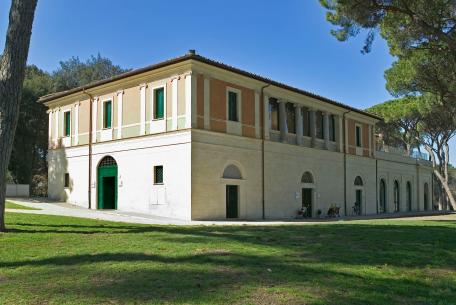
La ludoteca di Villa Borghese dedicata a tutti i bambini dai 3 ai 14 anni
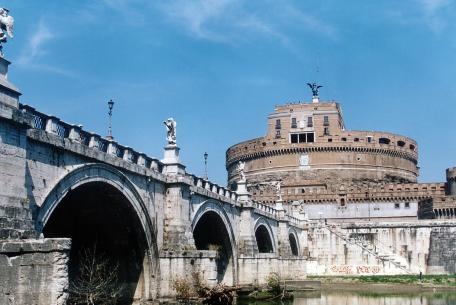
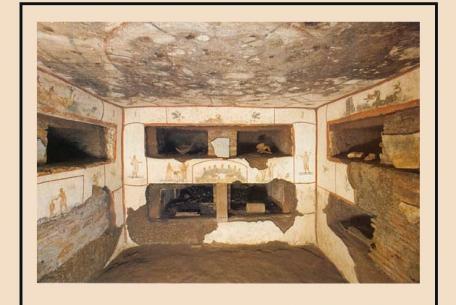
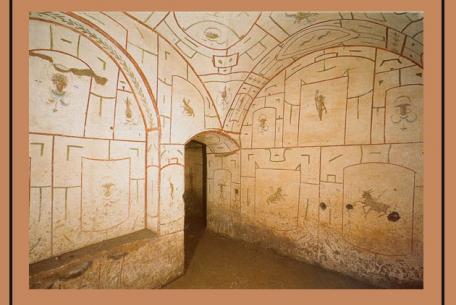
The Catacombs of San Sebastiano were used as a burial pagan place, then at the end of the 2nd century, they were transformed as a Christian Necropolis dedicated to the Saints Peter
[...]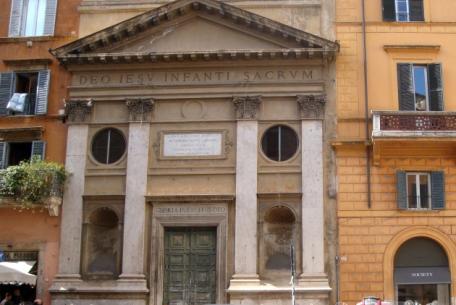
The Church of the Nativity of Jesus, which is located near Piazza Navona, overlooks Piazza Pasquin
[...]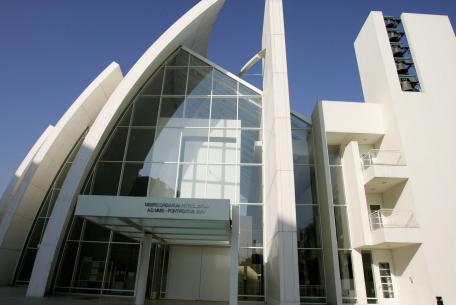
Three unfolded sails are ready to ship the faithful into the third millennium, evoking both the early Christian image of the soul and a vessel pointing towards the lighthouse of Christ.
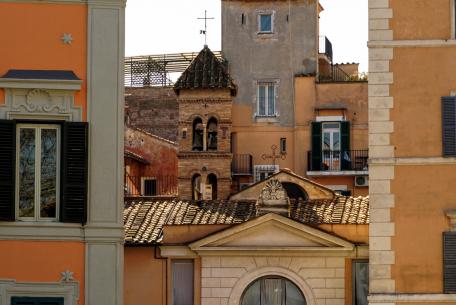
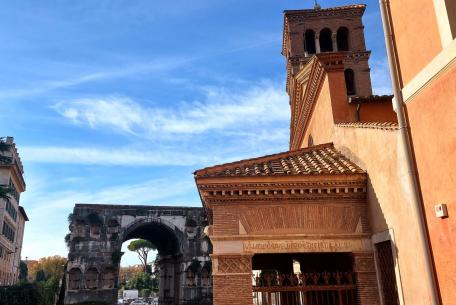
It is a hidden corner of the city but it has a special place in the legendary history of Rome.
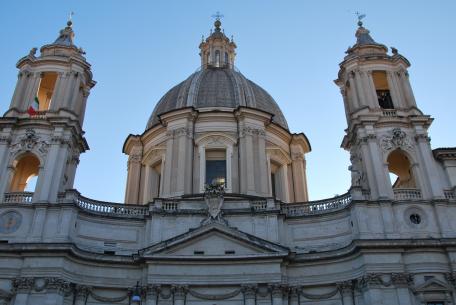
The Church of Sant'Agnese in Agone has already existed since the VII century a.C.
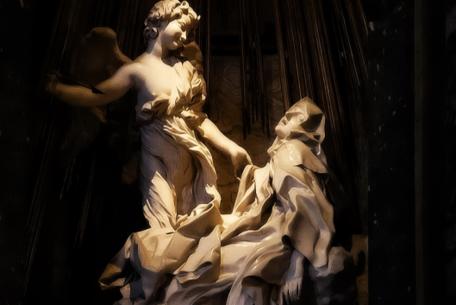
Located at the intersection of via XX Settembre and largo di Santa Susanna, the church of Santa Maria della Vittoria represents one of the most important examples of the Baroque period
[...]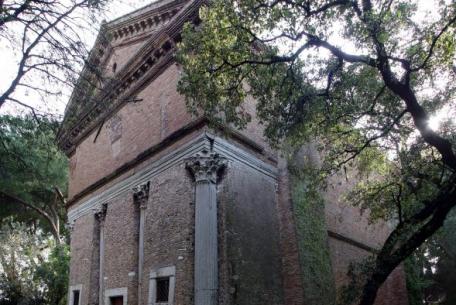
This is an ancient temple, converted into a church in the ninth century, overlooking the valley of the River Almone, today the Valley of the Caffarella.
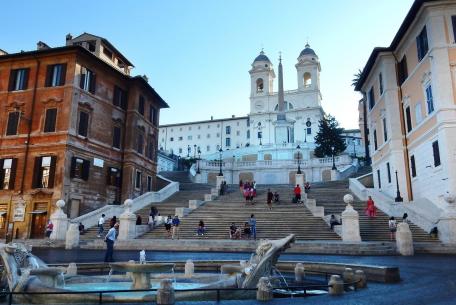
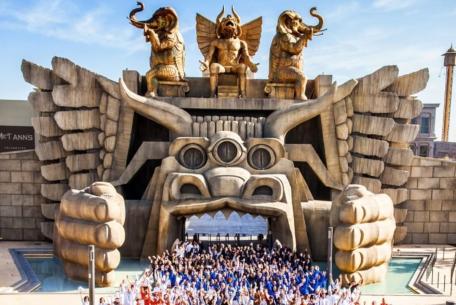
Cinecittà World is Rome's Cinema and TV Park, which, with its new realms and new entertainment formats, creates immersive experiences all to be enjoyed.
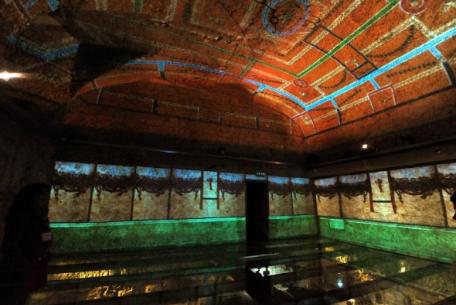
A fascinating underground itinerary in the Rome of the imperial age, the real nerve centre of the cultural and political life of the Eternal City.
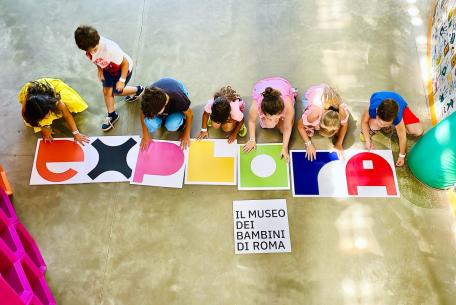
A few steps away from Piazza del Popolo, Explora is the permanent centre dedicated to c
[...]The splendid Triton Fountain, a masterpiece by Gian Lorenzo Bernini, was built between the en
[...]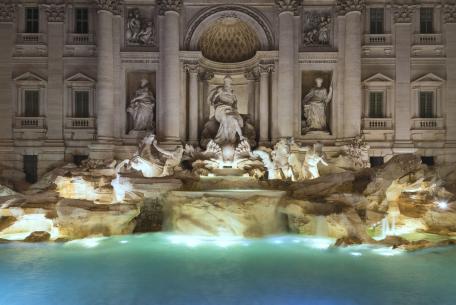
The most famous of the Roman fountains: a jewel of water and stone
- 1 of 3
- avanti >











































